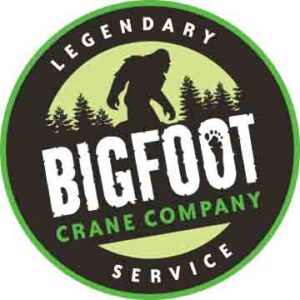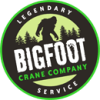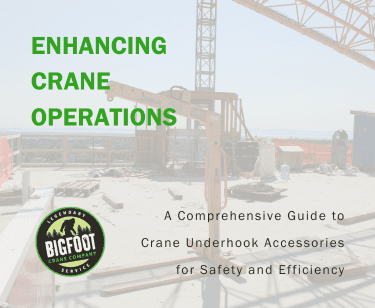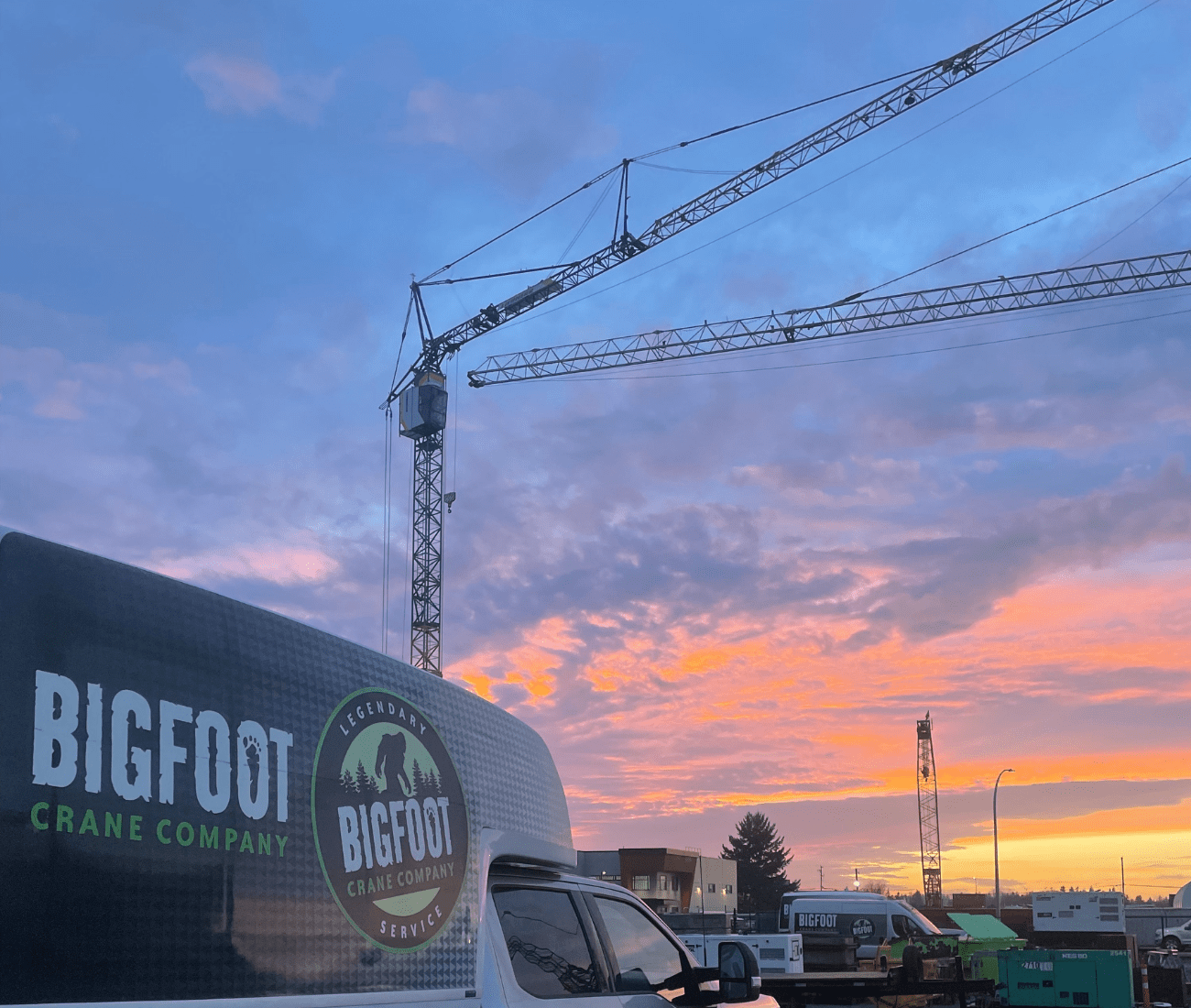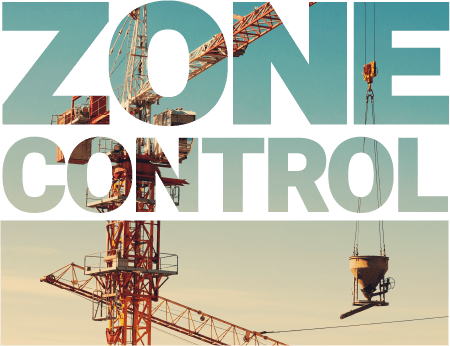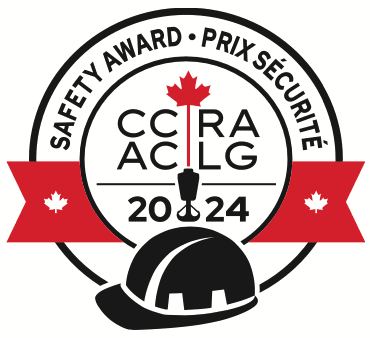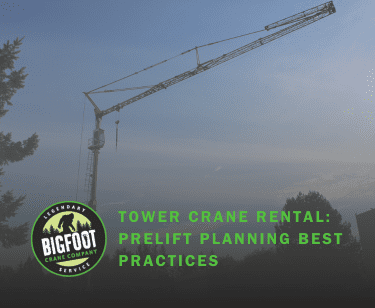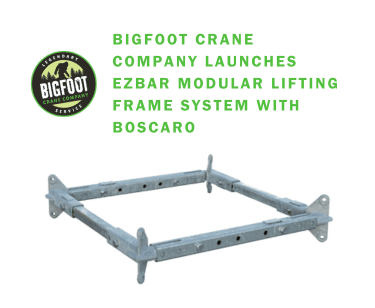Crane operations stand at the forefront of productivity and efficiency in the dynamic world of construction and industrial operations. One of the critical components that significantly contribute to the effectiveness of these operations is Crane Underhook Accessories. These specialized accessories play a pivotal role in different sectors, from facilitating precise load management to ensuring safety during lifting procedures. Each component is meticulously designed to enhance operational efficiency and safety from a wide range of crane below-the-hook lifting devices and attachments for cranes.
Underhook accessories come in various forms, including self-dumping bins and pallet lifters, offering versatility and adaptability to diverse lifting needs. This comprehensive guide aims to provide a wealth of knowledge about the effectiveness of underhook accessories fostering safety and efficiency in crane operations.
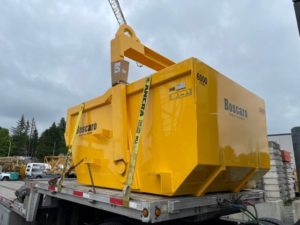
Crane Underhook Accessories: An Overview
Crane Underhook Accessories refer to the equipment attached to the crane’s hook to ensure secure and efficient lifting, lowering, and transportation of loads. These accessories come in various forms, including concrete buckets, pallet forks, self-dumping bins, spreader bars, crane baskets, hydraulic clamshell buckets, industrial self-dumping bins, and hydraulic concrete buckets, among others. Each accessory is designed to cater to specific needs, thereby enhancing the versatility of crane operations.
The robust design, strength, and durability of these accessories and adherence to safety standards and regulations make them indispensable tools in various industries, including construction, manufacturing, logistics, and more.
The Role of Underhook Crane Attachments in Enhancing Construction Tasks
Crane Underhook Accessories play a crucial role in enhancing various construction tasks. Let’s delve into how different types of accessories enhance specific tasks:
Concrete Buckets
Bigfoots concrete buckets, for instance, optimize transporting and placing concrete in construction projects. They are typically designed to withstand heavy-duty usage and come in various sizes to cater to project requirements. Some buckets, like the ones we offer at Bigfoot Crane Company, feature advanced mechanisms such as remote control operation, allowing for increased flexibility and enhanced safety during concrete placing.
Crane Man Baskets
On the other hand, crane man baskets are specialized platforms designed for safely and efficiently lifting personnel using overhead cranes. They are engineered to meet diverse job conditions, featuring a distinctive design that allows flexibility to switch between enclosed or open-top configurations. This innovative approach effectively offers two crane baskets in one, catering to the dynamic needs of various lifting operations.
Key Safety Features in Crane Underhook Equipment
When it comes to Crane Under hook lifting devices, safety is a paramount factor to consider. Here are some key safety features to look for:
1. Structural Integrity and Design
Safety begins with the design and construction of the underhook accessories. These items are typically made from high-grade steel and are engineered to withstand the demanding conditions of construction sites. For example, concrete buckets and man baskets are designed with reinforced structures to handle significant loads without compromising their integrity. The design incorporates features that enhance strength and durability, ensuring that the accessories can endure harsh environments and heavy usage without failure.
2. Load Testing and Certification
Crane underhook accessories undergo extensive load testing to confirm their capacity and structural integrity before being put into service. This testing verifies that each accessory can safely handle the specified loads without failure. Load testing is a critical process that ensures compliance with industry standards and regulations, reducing the risk of accidents. Certified accessories provide assurance to operators and site managers that they meet stringent safety requirements, thereby minimizing the likelihood of operational failures.
3. Safety Features for Handling and Operation
Handling and operational safety are paramount. Many crane underhook accessories come equipped with features designed to enhance safety during use. Self-dumping bins, for instance, have mechanisms that allow for easy and controlled dumping, reducing the need for manual handling and minimizing the risk of accidents. Pallet forks and spreader bars are fitted with secure locking systems to prevent accidental disengagement of loads, ensuring that the equipment remains stable during lifting operations. Man baskets, used for transporting personnel, are designed with safety harness attachment points and guardrails to protect workers during elevated tasks.
4. Visibility and Communication
Ensuring good visibility and communication is crucial for safe crane operations. Accessories are often designed with high-visibility paint and markings to help operators and ground personnel easily identify and distinguish them. This visual clarity reduces the risk of miscommunication and accidents. Additionally, some man baskets are equipped with built-in communication systems, allowing workers to stay in constant contact with the crane operator, enhancing coordination and safety during lifting operations.
5. Anti-Slip and Stabilization Features
Many underhook accessories feature anti-slip surfaces and stabilization elements to prevent slippage and enhance stability. Platforms and man baskets, for example, have textured surfaces to improve grip for workers’ footwear. Stabilization is further supported by features such as outriggers or stabilizing legs, which ensure that the equipment remains steady during use. These features are crucial for maintaining stability and preventing accidents caused by shifting or slipping during lifting operations.
6. Wind Safety and Monitoring
Wind conditions can significantly impact the safety of crane operations. Accessories such as anemometers are essential for monitoring wind speed in real-time. These devices help crane operators make informed decisions about lifting operations, especially in windy conditions, reducing the risk of accidents caused by strong gusts. Anemometers and other weather monitoring tools are integral for maintaining safe operating conditions on construction sites.
7. Zone Control and Anti-Collision Systems
Advanced zone control and anti-collision systems are vital for preventing accidents involving cranes and their accessories. These systems use sensors and software to monitor the positions of cranes and other machinery, providing alerts to operators about potential collisions and automatically halting operations if necessary. This technology is crucial in busy construction sites where multiple cranes and heavy equipment operate concurrently, helping to prevent accidents and enhance overall site safety.
Technological Advancements in Under Hook Attachments
While underhook accessories are generally simple tools, there have been some advancements in recent years that aim to improve their functionality, comfort, and safety. Here are 7 technological advancements in underhook accessories:
Remote-controlled Underhook Lifters
Remote-controlled hooks revolutionize crane operations by enabling the remote attachment and detachment of loads from the crane hook. This innovative technology enhances safety and efficiency by eliminating the need for workers to climb the crane hook to perform these tasks manually. With remote-controlled hooks, operators can securely manipulate loads from a distance, reducing the risk of accidents and streamlining operations.
This advancement enhances workplace safety and optimizes productivity by minimizing downtime associated with traditional manual handling methods. Overall, remote-controlled hooks represent a significant leap forward in crane technology, providing a safer and more efficient solution for heavy lifting operations.
Load Sensing Underhooks
Load Sensing Underhooks are equipped with advanced sensors capable of accurately measuring the weight of lifted loads. These sensors provide real-time data, enabling precise load monitoring throughout lifting operations. By integrating with overload protection systems, Load Sensing Underhooks play a crucial role in preventing accidents by alerting operators to potential overload situations.
This proactive approach enhances safety in crane operations by ensuring that loads remain within safe weight limits at all times. Additionally, the utilization of load sensing technology improves efficiency by facilitating more precise load management, ultimately leading to smoother and safer lifting processes.
Automatic Hook Positioning Systems
Automatic Hook Positioning Systems employ cutting-edge technology such as cameras or lasers to precisely position the crane hook over the load with remarkable accuracy. These systems eliminate the manual intervention crane operators require by automating this process, streamlining operations, and reducing the risk of human error.
This advancement not only enhances efficiency but also optimizes safety by minimizing the potential for misalignment or accidents during lifting procedures. By seamlessly integrating with crane operations, Automatic Hook Positioning Systems revolutionize the industry, allowing for smoother and more precise load handling while freeing operators to focus on other critical tasks.
Smart Shackles
Smart Shackles represent a leap forward in lifting equipment technology, integrating advanced sensors to monitor lifted loads comprehensively. These sensors enable real-time monitoring of load weight, facilitating the integration with overload protection systems to prevent accidents effectively.
Furthermore, Smart Shackles offer enhanced functionality by tracking the location and status of the load throughout its journey. This feature improves operational safety and enhances logistical efficiency by providing valuable insights into load management and transportation. With Smart Shackles, operators gain unprecedented visibility and control over lifting operations, ensuring safety and efficiency are maximized in every lift.
Integrated Lifting Hooks
Integrated Lifting Hooks are engineered to seamlessly integrate with specific loads, such as pipes or containers, optimizing safety and efficiency in lifting operations. Their design eliminates the necessity for separate lifting slings or attachments, streamlining the lifting process and reducing the risk of errors associated with mismatched equipment. These hooks provide a secure and stable lifting solution by directly integrating with the load, minimizing the potential for accidents or load instability during transport.
This innovative approach enhances workplace safety and boosts productivity by simplifying the lifting process and reducing setup time. Integrated Lifting Hooks represent a practical and efficient solution for various lifting applications.
Exchangeable Hook Inserts
Exchangeable Hook Inserts facilitate rapid and effortless interchangeability of different hook types, offering versatility in lifting operations. With this feature, operators can swiftly switch between hooks tailored for specific loads, enabling a single crane to handle a wide range of items efficiently. This capability enhances operational flexibility and productivity, reducing downtime associated with hook changes and maximizing crane utilization.
Whether lifting heavily machinery, delicate equipment, or irregularly shaped items, Exchangeable Hook Inserts provide a convenient solution for accommodating various load requirements without requiring extensive equipment and accessory modifications. This innovative design promotes adaptability and streamlines workflow, making lifting tasks more efficient and cost-effective.
3D-Printed Underhook Accessories
3D-Printed Underhook Accessories are revolutionizing lifting operations by leveraging advanced manufacturing techniques to produce customized accessories tailored for specific lifting applications. Utilizing 3D printing technology allows for creating intricate and precisely designed underhook attachments that may be challenging or costly to produce using traditional manufacturing methods. This innovation enhances efficiency and cost-effectiveness by eliminating the need for extensive tooling or machining processes.
Furthermore, the flexibility of 3D printing enables rapid prototyping and iteration, ensuring that underhook accessories meet the exact requirements of lifting unique or complex loads. 3D-Printed Underhook Accessories optimize lifting processes by providing a bespoke solution, improving overall productivity and safety in diverse industrial settings.
Industry Standards and Regulations
Adherence to industry standards and regulations is a crucial aspect of using Crane Underhook Accessories. The following are some of the key industry standards and regulations for using crane underhook accessories in North America:
American Society of Mechanical Engineers (ASME) B30.20
The American Society of Mechanical Engineers (ASME) B30.20 standard comprehensively addresses the selection, use, and maintenance protocols for underhook lifting devices. Encompassing stringent requirements, it dictates guidelines for the design, manufacturing, marking, and testing procedures of underhooks. By stipulating these criteria, ASME B30.20 ensures the reliability, safety, and quality assurance of underhook lifting devices throughout their lifecycle. Adherence to this standard is crucial for maintaining operational integrity and mitigating risks associated with lifting operations in various industrial sectors.
Code of Federal Regulations (CFR) Title 29 Part 1910.184
The Occupational Safety and Health Administration (OSHA) regulation mandates adherence to Sling and Dogging Practices for safe material handling. It encompasses guidelines for correctly utilizing and maintaining slings and diverse, lifting devices, such as underhooks.
This regulation aims to mitigate hazards associated with material handling activities by emphasizing proper handling techniques, inspection procedures, and maintenance protocols. Compliance with OSHA’s sling and dogging standards ensures worker safety, minimizing equipment damage, and enhancing efficiency in lifting operations across various industrial environments.
Canadian Standards Association (CSA) Group – CAN/CSA-Z154-17
This standard is the Canadian equivalent to the ASME B30.20 standard and covers similar requirements for safely using lifting slings and devices.
It’s important to note that these are just some of the most common standards and regulations. The specific requirements that applies with will depend on the type of underhook accessory being used, the weight of the lifting load, and the specific jurisdiction where the lifting is taking place.
Design and Material Choice: Impact on Load-bearing Capacity and Durability
The design and material choice of underhook accessories significantly impact their load-bearing capacity and durability. For instance, accessories made from durable materials like stainless steel can withstand heavy-duty usage, thereby extending their longevity.
In terms of design, accessories should feature mechanisms that allow for smooth control of loads, preventing sudden movements that could comprise safety. They should also be designed to provide a secure and reliable link between the lifting apparatus and the rigging gear.
Conclusion
Discover how Bigfoot Crane Company’s underhook accessories can revolutionize your crane operations. Our below-the-hook accessories are certified for use across North America and meet or exceed ASME B-TH1/B30.20 standards. From advanced concrete buckets to innovative crane man baskets and self-dumping bins with fork pockets, we offer a wide range of specialized accessories designed by trades people for trades people. Elevate your construction tasks with our robust and durable underhook accessories, meticulously crafted to meet industry standards and regulations. Contact us today and optimize your lifting operations like never before! Explore our selection of coil lifting beams, custom hoist, and spreader beams to enhance your lifting capabilities.
